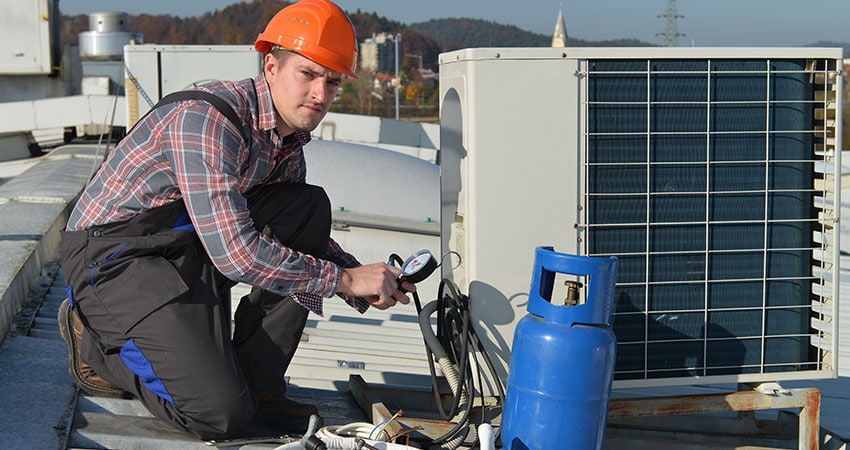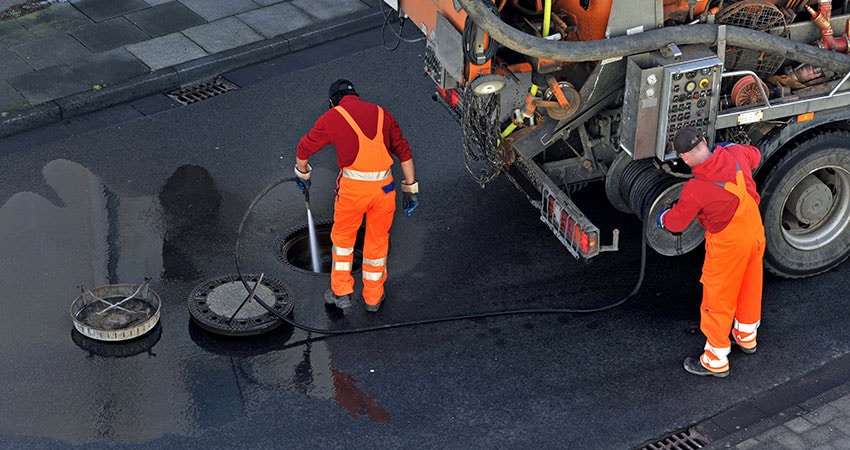Small amounts of chlorine in water are not harmful to human health. However, if the amount is higher, you must use a water filtration system to remove chlorine from the water for preventing its harmful health effects. Use these ways to get rid of chlorine in drinking water.
Is Chlorine In Water Harmful For You?
Chlorine is added to municipal water to disinfect it from bacteria, viruses, and harmful pathogens. Moreover, many municipal water suppliers add chloramine instead of chlorine which is chlorine + ammonia. It is considered an alternative to chlorine and keeps the water disinfected longer than chlorine. Many water suppliers prefer it over chlorine.
Chlorine doesn’t cause any harmful effects if it’s in small quantities. But, qualities more than 4mg/l can have long-term adverse effects on the human body like asthma symptoms, congenital abnormalities, bladder cancer, and food allergies. Therefore, removing chlorine and chloramine from water is important for your health.
Methods Of Removing Chlorine From Water
Boiling
The easiest method for getting chlorine-free water for drinking is boiling the water. It’s not as efficient as using a water filter because you will need to cool down the water before drinking. Moreover, if you want to dechlorinate a large amount of water daily, then boiling is not the right method.
Boiling is, however, a cheap way of removing chlorine from tap water. Simply, boil the water for 15 minutes. Chlorine will evaporate from the water and you will get chlorine-free water.
Leaving The Water Open For 24 Hours At Room Temperature
Chlorine is volatile and it can evaporate from water if left in a refrigerator or at room temperature. It is a free, but time-consuming process because it takes chlorine 24 hours to evaporate.
However, the actual time depends on factors like the volume of the water, the opening of the container, and the room temperature. Water with less volume, a bigger opening of the container, and warm weather will evaporate chlorine faster than in an opposite scenario.
Reverse Osmosis
RO is a water filtration system that can remove chlorine and chloramine along with many more contaminants from water such as pesticides, prescription drugs, bacteria, viruses, and chemical contaminants like metals, copper, fluoride, magnesium, and cyanide.
A reverse osmosis system usually consists of three main parts: the large particle filter, a semi-permeable membrane, and a carbon filter. The large filter stops bigger particles like sand and dirt. The carbon filter makes sure to filter out volatile chemicals including chlorine and chloramine. Lastly, the semi-permeable membrane removes all dissolved chemicals from the water.
When getting an RO system for chlorine filtration, check that it has a carbon filter responsible for removing chlorine from water.
Reverse osmosis is an effective way of filtering out chlorine from water because it’s quick and can filter large quantities of water. However, you need to buy the RO system and have it installed in your home to avail these benefits.
Chemical Neutralization
In chemical neutralization water, you add more chemicals to the water that dissolve or evaporate chlorine from water. For removing chlorine, the best chemical is potassium metabisulfite. It’s available in small tablets that dissolve in water.
But these tablets are not for removing chlorine from small amounts of water or you’ll be at risk of health problems. A small tablet is enough to remove chlorine from 20 gallons of water.
UV Water Filtration
A UV water filtration system uses ultraviolet light to kill viruses, bacteria, and other microbes. Moreover, UV filters are also used to clean water from chlorine. But for chlorine removal, the UV filtration system should have at least medium-pressure UV light. If the UV light pressure is lesser, the dichlorination won’t be effective or won’t be possible at all.
You can select from different types of UV water filters. They can be attached to your home’s plumbing for filtering out the whole water supply. There are also standalone models for purifying water at a certain tap and portable UV filters as well.
Conclusion
To remove chlorine without spending money, you can use the boiling and evaporation methods, but they are not suggested for filtering water in large quantities. Use a whole house water filtration Warren system to keep your water clean from chlorine, chloramine, microbes, and other contaminants.



